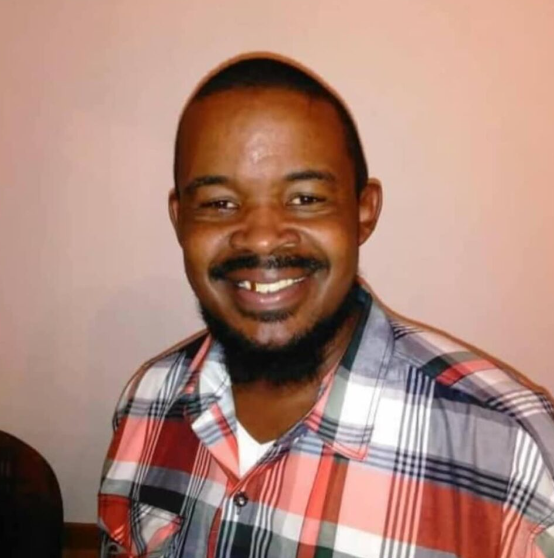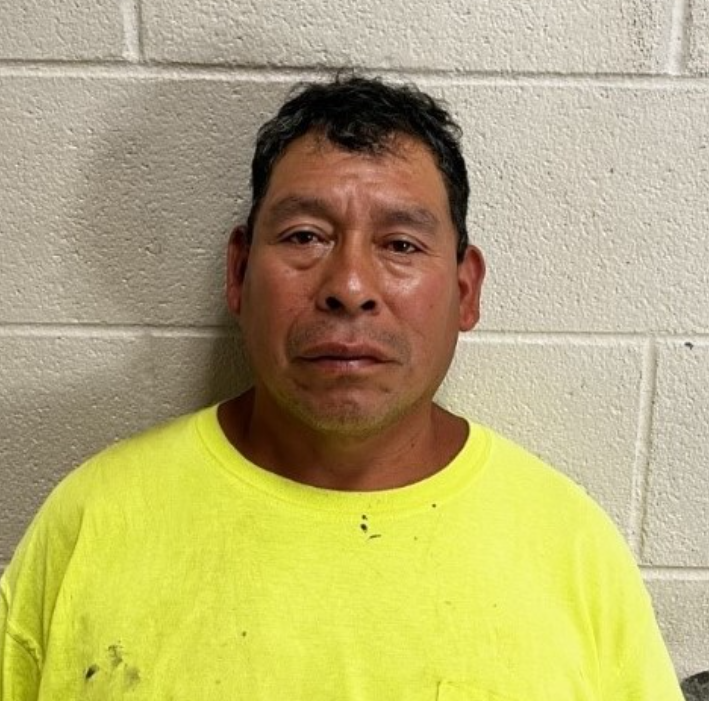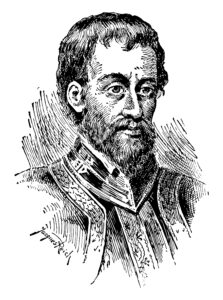
Whenever I first think of Hernando de Soto, I equate him with the fashion of the 16th century. The comically large pantaloon pants, the stockings, feathers and jewels with piles of gold in his eyes. These are things I associate with the great explorer Hernando de Soto. To some extent, this image I have could be correct. Portraits depict him as mildly handsome, and history paints him a hero.
Early Life
Hernando de Soto was born nearly 4,000 nautical miles away from Mississippi in what is understood to be current day Bodajoz, Spain, a province of western Spain to father Francisco Mendez de Soto and mother Leonor Arias Tinoco. While the exact date of his birth is unknown, it is widely believed he was born some time in 1500 to a “poor but noble” family. Hernando de Soto was no different than modern Mississippians. He had an older brother named Juan as well as two younger sisters: Catalina and Maria. Hernando’s childhood would have been like any others of minor nobility at the time. He would have received a standard education that explored subjects like math and history. I’m sure his parents had hopes he would become a priest or lawyer, but fate and ambition had different plans.
As the younger son, the role of heir would belonged to his brother, Juan, and at the eventual passing of his parents, Hernando would be left with nothing but his name. As a ‘spare son’, Hernando was allowed a sort of freedom to learn a trade that suited him. The life of a clergyman, teacher or political didn’t call out his name, but adventuring did.
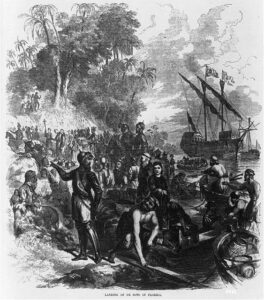
First Adventure
In 1514, Hernando’s father Francisco sent him to the port city of Seville, Spain. It was here that young Hernando began working for a man by the name of Pedro Arias Davila. This apprenticeship gave Hernando his first true taste of adventure. It was that same year de Soto joined Davila’s expedition to the New World.
Davila’s crew set sell on April 11, 1514 with a fleet of 20 ships and 200 people. After 2 months and crossing the Atlantic Ocean, the crew landed to explore the the dense rainforests of Central America. Here, Hernando led many raids against the indigenous peoples, who had previous interactions with the Spainards and were subsequently brutalized. These Spanish soldiers ensalved and killed natives, spreading fear among those they encountered.
Hernando’s reputation grew as a brave soldier and was named captain by 1520. It was the promotion that allowed Hernando to experience exploration and power simulataniously. In just four years, Hernando’s explorations led him through modern day Costa Rica and Honduras. Hernando eventually conquered Nicaragua in 1524 and was made alaaade, or mayor in Leon. However his insatiable appetite for adventure had only just begun.
Conquest of Peru
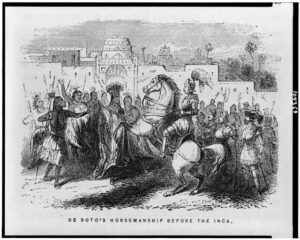 In 1530, Hernando de Soto joined Francisco Pizarro’s expedition and departed Nicaragua in 1531 to meet Pizarro in Peru. There, de Soto played a crucial role in the Conquest of the Inca Empire, notably contributing to the capture of Inca ruler Atahualpa. Pizarro chose de Soto to negotiate with Atahualpa, who offered a massive ransom of silver and gold for his freedom. Despite receiving the ransom, Pizarro executed Atahualpa and retained the treasure, with de Soto receiving the third largest share. Hernando was no longer the young boy exploring Central America. He as a conqueror.
In 1530, Hernando de Soto joined Francisco Pizarro’s expedition and departed Nicaragua in 1531 to meet Pizarro in Peru. There, de Soto played a crucial role in the Conquest of the Inca Empire, notably contributing to the capture of Inca ruler Atahualpa. Pizarro chose de Soto to negotiate with Atahualpa, who offered a massive ransom of silver and gold for his freedom. Despite receiving the ransom, Pizarro executed Atahualpa and retained the treasure, with de Soto receiving the third largest share. Hernando was no longer the young boy exploring Central America. He as a conqueror.
As a reward for his contribution to the Conquest of Peru, De Soto was appointed governor of Cuzco, the principal Spanish stronghold in the former Inca Empire. This honor didn’t satisfy Hernando for long. Dissatisfied with his position, Hernando resigned in 1535 and returned to Spain. By 1536, he was honored with the title of governor of Cuba by King Charles V.
Married Life
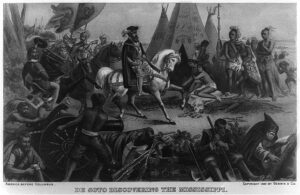 While in Spain, de Soto’s newfound wealth allowed him to marry Isabel de Bobilla, the daughter of Pedro Dávila. Despite his comfortable new life, he grew restless. News of Cabeza de Vaca’s explorations in Florida and the Gulf Coast, which spoke of riches and fertile lands, ignited de Soto’s ambition. In April 1537, Charles V granted de Soto the Capitulación de La Florida, giving him the rights to conquer and settle Florida. Reckless ambition led Hernando to sell all of his belongings funding and recruiting a skilled crew of 700 men.
While in Spain, de Soto’s newfound wealth allowed him to marry Isabel de Bobilla, the daughter of Pedro Dávila. Despite his comfortable new life, he grew restless. News of Cabeza de Vaca’s explorations in Florida and the Gulf Coast, which spoke of riches and fertile lands, ignited de Soto’s ambition. In April 1537, Charles V granted de Soto the Capitulación de La Florida, giving him the rights to conquer and settle Florida. Reckless ambition led Hernando to sell all of his belongings funding and recruiting a skilled crew of 700 men.
In May 1539, de Soto’s expedition made landfall on the coast of Florida, marking the beginning of a significant chapter in the history of European exploration in North America. This landing was not just a personal triumph for de Soto but also a pivotal moment that would shape the course of colonialism in the region. Mississippi, as part of this unfolding story, would soon feel the far-reaching effects of European expansion and ambition. The arrival of de Soto signaled the start of a new era of exploration, exploitation and conquest, setting the stage for the complex interactions between European settlers and the indigenous peoples of the Southeast.
Read our previous article here:
View all of our articles here:





